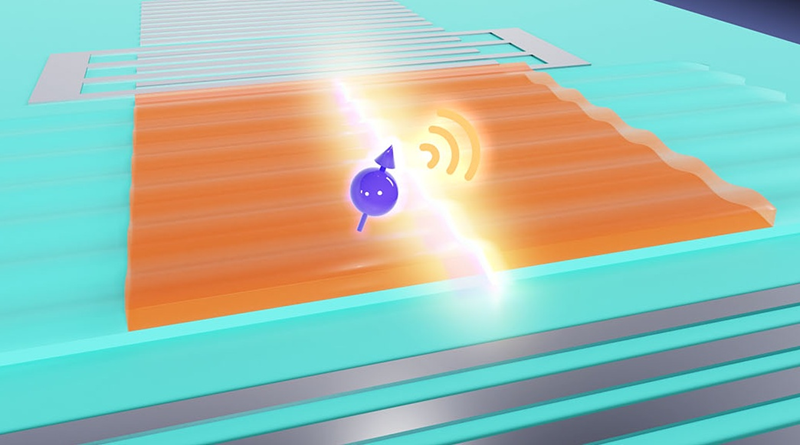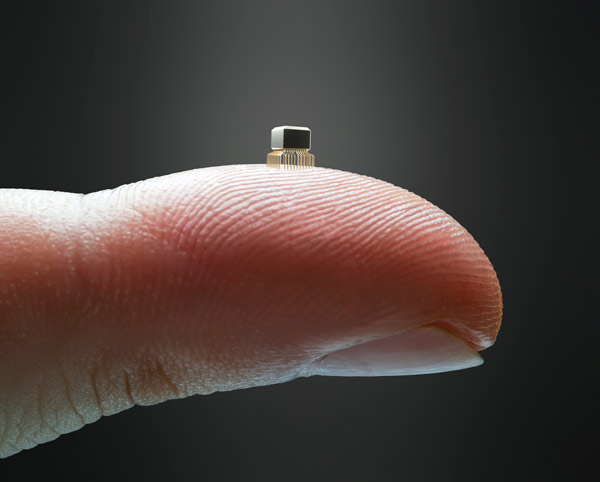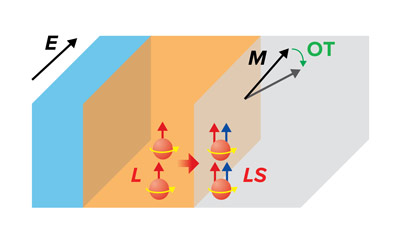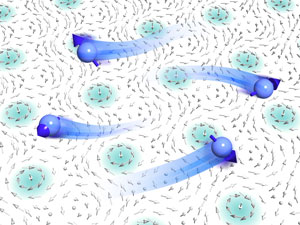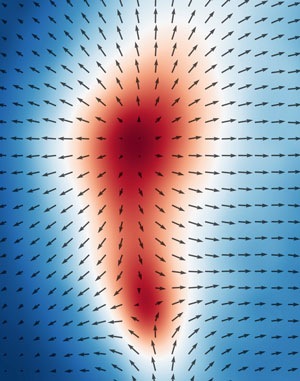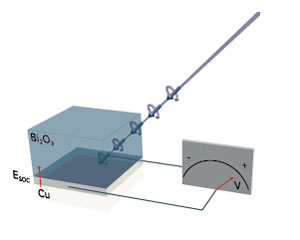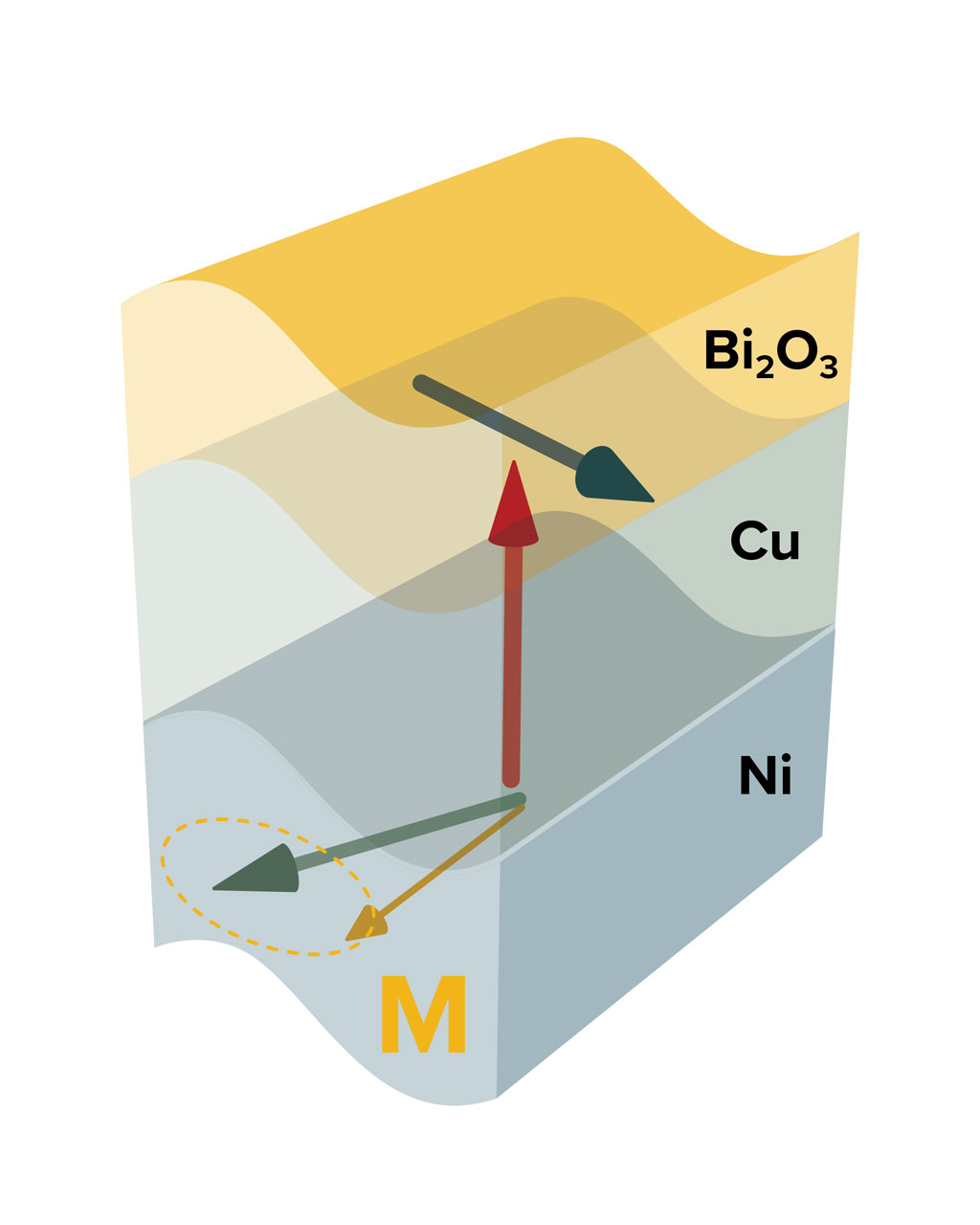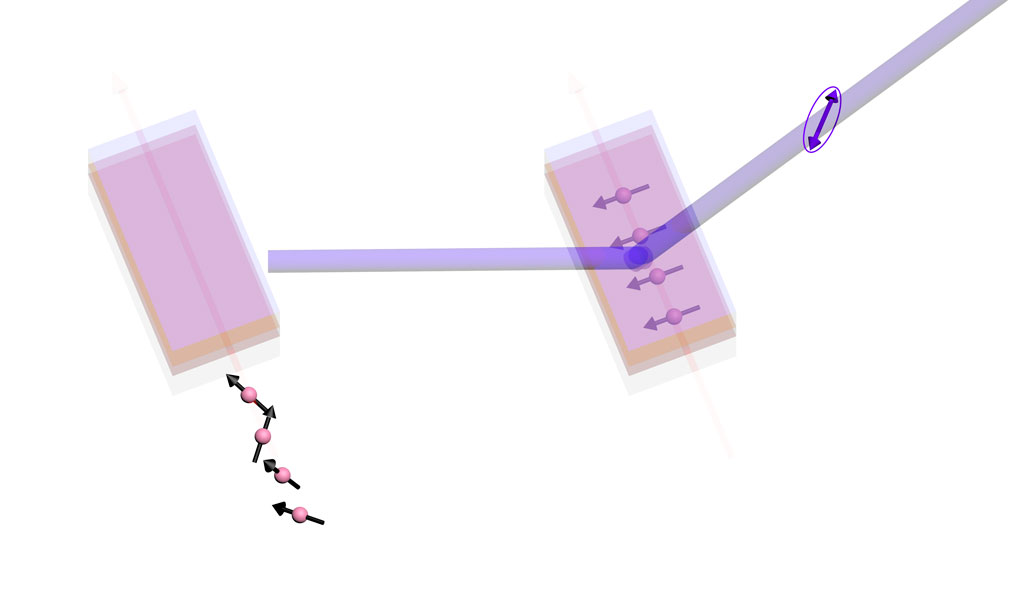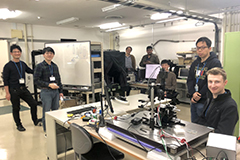
The Quantum Nano-Scale Magnetism Team fabricates ferromagnetic/nonmagnetic hybrid nanostructures from metals, semiconductors, insulators, and molecules to study quantum behaviors in domain wall displacement and magnetization dynamics mediated by spin current, a flow of spin angular momentum, and orbital current, a flow of orbital angular momentum. We focus our research on the fundamental process of interconversion and coupling between quasi-particles such as electron spin, magnon, phonon, and photon. In addition, we hope to develop a new technique for controlling spin conversion based on underlying exchange and spin-orbit interactions and a new class of low-power spintronic devices for novel energy harvesting.
Towards the new vision of Spintronics Devices:
Spin to charge conversion induced by mechanical oscillation
Spin conversion, the key concept of Spintronics, describes various intriguing spin-mediated interconversion phenomena at the nanoscale between electricity, light, sound, vibration, and heat. The interaction between spin and mechanical oscillation prevails not well explored among the above. Our group has demonstrated the feasibility of a novel hybrid device’s spin-mediated conversion of mechanical oscillation to electrical charge current. Surface acoustic waves (SAWs) across ferromagnetic layers induce periodic elastic deformation that drives precession magnetization dynamics such as ferromagnetic resonance (FMR), generating spin current flow into adjacent nonmagnetic layers. Interestingly, the coupling of SAWs with magnetic layers has more to offer. Our group has also demonstrated the nonreciprocal attenuation of SAWs via magneto-rotation coupling, a mechanism in which the magnetization couples to the rotational lattice motion (see figure). The achieved nonreciprocity values up to 100% opens up the route to application developments such as magneto-acoustic rectifiers. Beyond nonreciprocity, we are also exploring the enhancements of magnon-phonon coupling towards the strong coupling regime by using carefully designed acoustic cavities.

Schematics of the magneto-rotation coupling. Depending on the propagation direction, SAWs rotate the lattice in opposite directions (as indicted by the blue and red oriented cycles in the figure). This rotational lattice motion couples with the magnetization via magnetic anisotropies, giving rise to a circularly polarized effective field, which suppresses or enhances the magnetization precession (purple cone). In this way, it induces a nonreciprocal attenuation on the SAWs.


